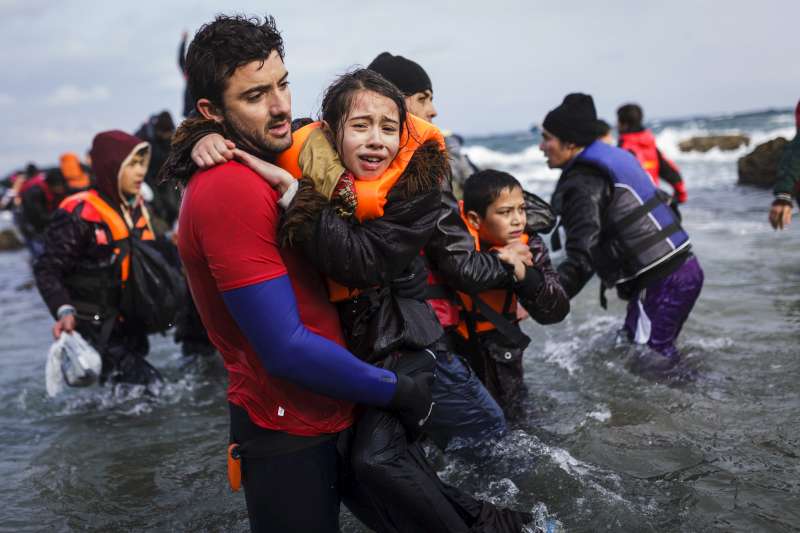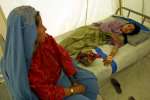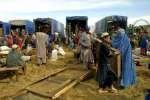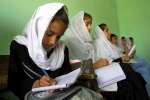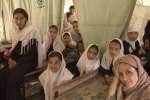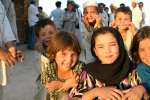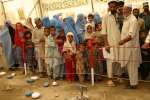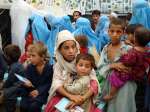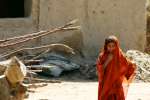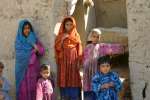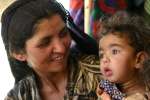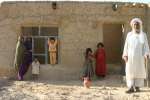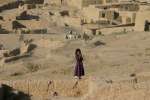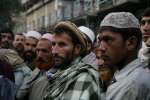A million refugees and migrants flee to Europe in 2015
News Stories, 22 December 2015
GENEVA, Dec 22 (UNHCR) – Persecution, conflict and poverty have driven a staggering one million people to seek safety in Europe in 2015, according to estimates by the UN Refugee Agency, UNHCR and the International Organization for Migration, IOM.
As of 21 December, some 972,500 had taken the often-dangerous Mediterranean Sea crossing, according to UNHCR figures. In addition, IOM estimates that over 34,000 have crossed from Turkey into Bulgaria and Greece by land.
The number of people displaced by war and conflict is the highest seen in Western and Central Europe since the Balkan crises of the 1990s, when several conflicts broke out in the former Yugoslavia.
One-in-every-two of those crossing the Mediterranean this year – half a million people – were Syrians escaping the war in their country. Afghans accounted for 20 per cent and Iraqis for seven per cent.
"As anti-foreigner sentiments escalate in some quarters, it is important to recognize the positive contributions that refugees and migrants make to the societies in which they live and also honour core European values: protecting lives, upholding human rights and promoting tolerance and diversity," said UN High Commissioner for Refugees António Guterres.
"We know migration is inevitable, it's necessary and it's desirable," added William Lacy Swing, Director General of the International Organization for Migration in Geneva. "But it's not enough to count the number of those arriving – or the nearly 4,000 this year reported missing or drowned. We must also act. Migration must be legal, safe and secure for all – both for the migrants themselves and the countries that will become their new home."
Over 800,000 refugees and migrants came via the Aegean Sea from Turkey into Greece, accounting for 80 per cent of the people arriving irregularly in Europe by sea this year. At the same time, the number of people crossing from North Africa into Italy dropped slightly, from 170,000 in 2014 to around 150,000 in 2015.
The number of people crossing the Mediterranean increased steadily from around 5,500 in January to reach a monthly peak in October of over 221,000. Meanwhile, more than 3,600 people died or went missing.
After an initial chaotic reaction which resulted in tens of thousands of people moving from Greece through the Western Balkans and northwards, and finding themselves blocked at various borders, a more coordinated European response is beginning to take shape.
UNHCR launched an emergency response to support and complement European efforts. Over 600 emergency staff and resources were deployed to 20 different locations, providing life-saving assistance and protection, and advocating for human rights and access to asylum – particularly for refugees with specific needs, such as unaccompanied children and women-headed households.
Much more needs to be done, however, to reinforce the required reception capacity at the points of entry, to allow for the humane and effective accommodation, assistance, registration and screening of people arriving every day – to identify those who are in need of protection, those that should be relocated to other countries within the European Union, and those who do not qualify for refugee protection and for whom effective and dignified return mechanisms have to be put in place.
At the same time, UNHCR continues to call for safe, regular ways for refugees to find safety through more resettlement and humanitarian admission programmes, more flexible visa arrangements, more private sponsorship programmes and other possibilities.
Link to Media Page : http://www.unhcr.org/1m-arrivals



